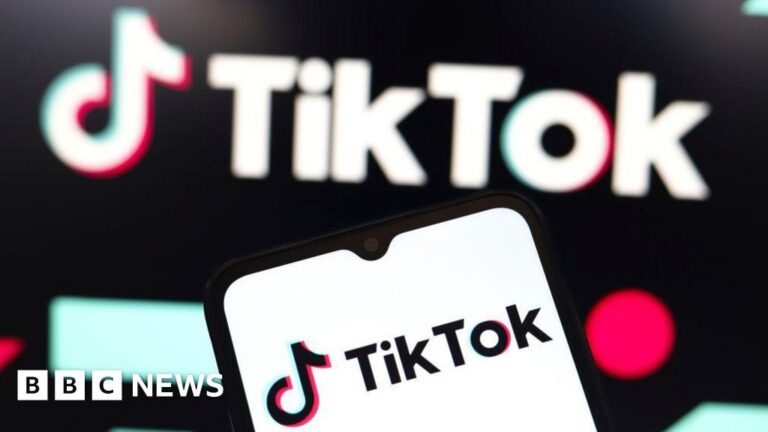Here is the plain text result:
Dressed in ball gowns, tuxedos and “Make Bitcoin Great Again” baseball caps, a crowd of some of the country’s most powerful cryptocurrency executives gathered a few blocks from the White House for a lavish party three days before President Trump’s inauguration, toasting an incoming administration that had vowed to promote the industry’s interests. Even Snoop Dogg joined the festivities, offering a rendition of “Don’t Stop Believin.’”
At 9 p.m. on Jan. 17, with the festivities in full swing, Mr. Trump announced on social media that he was launching a new cryptocurrency — a so-called memecoin known simply as $Trump.
The surprise disclosure raised fresh ethics and legal concerns about the ways in which Mr. Trump continues to cash in on his power and fame, in this case by marketing a digital asset in an inherently volatile and speculative market to millions of his followers.
Crypto executives criticized the move as a cash grab, saying that Mr. Trump had undercut the industry’s credibility at the very moment when proponents were seeking a more prominent place for digital currencies in mainstream finance and business.
His venture, they said, created a brief and highly publicized bubble that partly deflated within a few days even as Mr. Trump’s family and its business partners collected millions of dollars from fees on purchases and sales of the coin.
An analysis by the crypto forensics company Chainalysis showed that the majority of people who bought $Trump were likely inexperienced retail investors, possibly dabbling in crypto for the first time. These traders “roughly broke even,” the analysis said, though more than 100,000 of them lost money.
Yet by one estimate, the launch of $Trump generated $58 million in fees for the Trump family in less than a day. As of Friday night, the family also owns, at least on paper, $23 billion worth of $Trump at its $29 price — already a 60 percent drop from the peak.
Asked about the coin’s launch on Tuesday at the White House, Mr. Trump said, “I don’t know much about it.”
But even after the inauguration, he continued to repost the celebratory announcement of the $Trump token — effectively urging more people to buy the coin after its price collapsed.
The memecoin launch was the first time the Trump family had issued a digital currency that any investor could buy or sell on crypto exchanges. But the plan, one Trump Organization executive said, grew out of an earlier effort organized in part by Bill Zanker, a serial entrepreneur and friend of Mr. Trump’s who has previously sold back rubs, gym equipment and self-help courses.
Eric Trump, in a social media post, hailed the new investment as “the hottest digital meme on earth.”
Already, though, Mr. Trump’s crypto supporters were growing frustrated. Many of the people who attended the Crypto Ball were effectively cut out of the moneymaking opportunity, unable to buy the coin early enough to profit because they were out partying rather than online.
Then, on Sunday afternoon, a post appeared on Melania Trump’s X account: She was launching a memecoin of her own, essentially creating a competitor in the market. The price of $Trump plummeted by 60 percent over the next day.
Suddenly, the industry’s enthusiasm for Mr. Trump turned to fury.
The new Trump token also quickly generated legal questions, centering on whether it constituted a security and should have been subject to federal disclosure and registration requirements.
The $Melania tokens “are digital collectibles,” the family said as it announced the offering, “not intended to be, or to be the subject of, an investment opportunity.” But trading patterns show that this was not how buyers treated these tokens — buying and selling them in most cases in an effort to make money.
During the Biden administration, the S.E.C. under Mr. Gensler adopted an aggressive posture toward cryptocurrencies, arguing that the vast majority of them were securities that should be closely regulated.
In 2023, the S.E.C. accused the backers of a cartoon NFT series called Stoner Cats of selling an unregistered security after the images were marketed in a way that “led investors reasonably to expect to profit from the managerial and entrepreneurial efforts of” the backers.
Allison Herren Lee, a former S.E.C. commissioner, said that during her tenure the new Trump-family coins would certainly have generated a staff review to evaluate if they complied with the law.
Democrats in Congress, including Senator Elizabeth Warren of Massachusetts, have already written a letter to federal regulators asking them to investigate the matter.
But opening such an inquiry now would effectively require the S.E.C. to investigate the family of a president who just nominated the agency’s chairman — an experienced securities lawyer with close ties to the crypto industry.
David Sacks, a venture capitalist whom Trump appointed to oversee his administration’s tech policy, said this week that the coin was “like a baseball card or a stamp” and “totally fine” to sell.
It is already clear that some of the buyers of the $Trump token jumped too slowly and ended up losing money. During one series of trades, an investor using the pseudonym Ansem spent $9 million in cryptocurrency to buy $Trump just before it fell in value, and then sold the holdings two hours later at a roughly $2 million loss, according to public transaction records first identified by an account called Lookonchain.
Still, over the next few days, the Ansem account continued trading $Trump, the records show, perhaps in hope of making up the loss.
Source link




